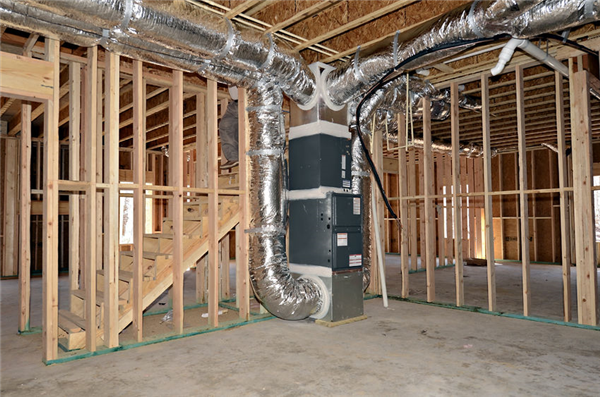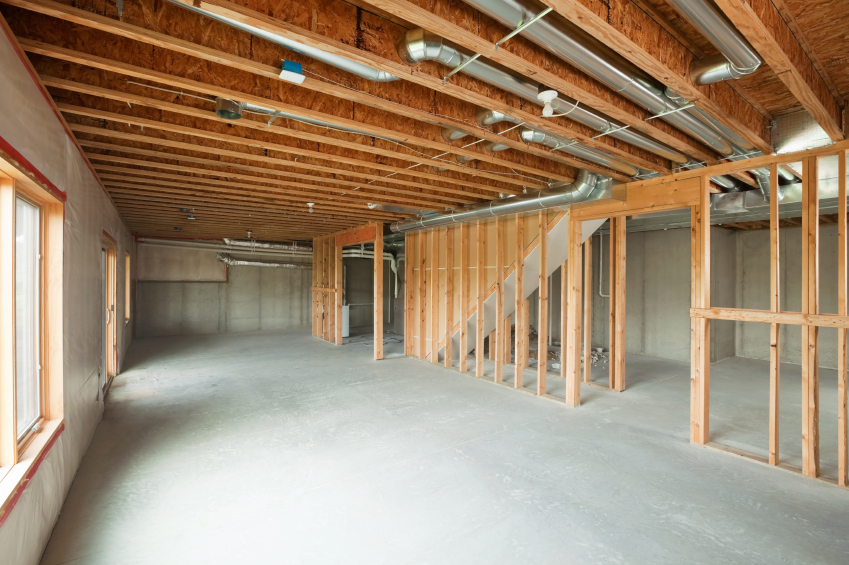Most American homeowners either own an electric or gas smooth top range, with a smaller proportion owning induction or electric

Introduction
In most homes, AC units and furnaces are inconvenient places like basements. Cooled or heated air is then distributed to various rooms through ducting.
Like HVAC sizing, duct sizing plays an important role in determining its efficiency. Wrong-sized ducts cause the same problems as those caused by improperly sized units.
According to some experts, poor ductwork sizing causes the system to lose energy by up to 40%. Therefore, proper duct design and sizing are essential to ensure the comfort of your house.
But where do you start designing your duct system? Let’s begin there!
Designing duct systems ensure that air is properly distributed throughout a building. Poorly designed ductwork cause bad air quality and high energy costs. Also, it increases noise levels as well as discomfort.
Before you design the duct system, there are some critical steps you need to undertake. First, do a heating and cooling loading calculation using ACCA’s manual J protocol. This will help you to determine the amount of cooling/ heating (in BTU/h) needed for each room. These BTU/ h requirements translate to the airflow requirements of each room in CFM (cubic feet/ min). There is software that you can use to accomplish this right away.
After determining the building’s CFM and BTU/h, you need to choose the right HVAC equipment. Here, you can use a protocol like ACCA’s manual S.
On completing the load calculation and equipment selection, start the duct system design! To do that, you can use ACCA’s Manual D.

Manual D is an ACCA document used by HVAC to ensure proper sizing and design of duct systems. It’s used in conjunction with other ACCA protocols like manual S and J documents. Moreover, it contains details for determining the ideal duct design. For instance, it helps you to know how to properly seal, insulate and determine the size of air ducts.
Most HVAC duct systems are only about 60% efficient. This means that air isn’t flowing through your HVAC unit or space as it’s supposed to. This can result in various undesirable impressions such as;
Factors that affect ductwork sizing
The sizing of ductwork systems depends on various factors. This includes; friction loss, airflow velocity, home size, and HVAC static pressure.
Design and sizing of the ductwork tend to rely on the size of the entire house. However, you should note that it depends on the square footage of each room as well. That is because each individual living space has a certain airflow requirement. Therefore, you need to calculate the size of the entire house and that of various rooms.
The rate at which air is needed to cool or heat each room flows is measured in CFM (Cubic Feet/ Minute). You can either refer to it as airflow or air velocity. Air velocity is directly proportional to the duct system size. For that reason, you need to determine the airflow of each space before you decide on the duct sizes to install.
To calculate CFM, multiply the size of your HVAC system by the unit’s average output (400). After that, divide the total by the sq. ft. of the entire house. Remember, flow rates have to field verified!
The duct system’s air velocity will also depend on the ducts’ rate of friction loss. This rate helps HVAC contractors to understand the static pressure throughout the ductwork. Friction loss will influence other factors like each duct’s overall length, the number of bends, and so on.
Ductwork insulation is important!
Poor sizing of your ductwork system isn’t the only thing that can cause airflow problems though. It can result from other issues like blocked, leaked, or not well-insulated ducts.
As you know, ducts are usually installed out of the way in a wall void, crawl spaces, or attic. If they’re not insulated, they’ll experience heat gain in summer or heat loss in winter. To avoid this, ducts should always be insulated, regardless of their location. The best material for sealing them is mastic.
Conclusion
Overall, duct sizing is an important factor to consider during a mechanical design. If they’re too small, they’ll cause reduced airflow. This makes it hard to maintain comfortable temperatures and HVAC unit performance. The same case can apply if the ducts are too large, hence the need to consult an HVAC professional.
If you live in California, contact Innodez Design and Engineering today! Our HVAC professionals will help you determine the right duct sizing for your home. Also, they’ll ensure your duct design and installation is done to your satisfaction.
About Author
InnoDez